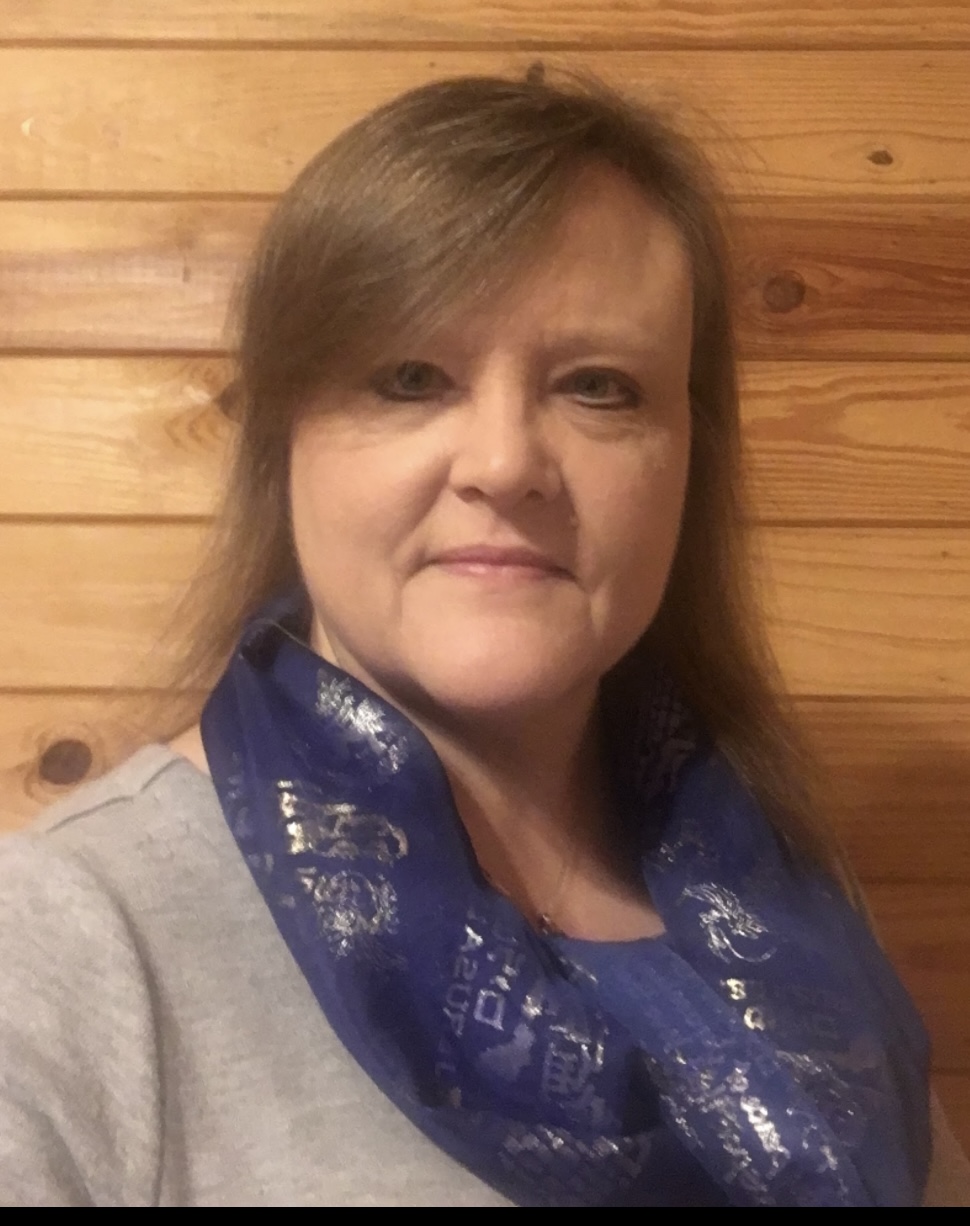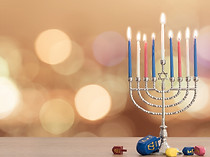Character Portraits of Esau/Jacob, Rachel/Leah
- Leisa Baysinger

- Nov 24
- 4 min read

Scripture often uses brief descriptions to reveal profound truths. Genesis 25:27 and 29:17 portray Esau and Jacob, Leah and Rachel, not merely in physical terms but as spiritual portraits. When read through Hebrew language, rabbinic tradition, and covenantal context, these verses show us the difference between what is seen by human eyes and what is chosen by God.
Esau and Jacob
“The boys grew; and `Esav became a skillful hunter, an outdoorsman, while Ya‘akov was a quiet man who stayed in the tents.” (Genesis 25:27, CJB)
Esau (Esav) is described as “a skillful hunter”, echoing Nimrod (Genesis 10:9), another mighty hunter whose legacy was tied to conquest and self-reliance. This designation suggests a restless life marked by appetite and worldly strength. Archaeological surveys of Iron Age I sites in the Transjordan highlands (Bienkowski, 1992) confirm that Edomite culture emerged from nomadic hunters, aligning with Esau’s legacy.
Jacob (Ya‘akov) is called a “quiet” or “plain” man. The Hebrew word is “tam” (תָּם), a word meaning “whole, complete, upright, blameless.” The word can also mean “having integrity”. His dwelling “in tents” links him to Abraham’s pastoral line:
“By trusting, he lived as a temporary resident in the Land of the promise, as if it were not his, staying in tents with Yitz'chak and Ya`akov, who were to receive what was promised along with him.” Hebrew 11:9 (CJB)
In the Ancient Near East, tents were not only homes but places of worship, just like our modern homes should be. Jacob’s quiet domestic life reflects dependence on his family clan, their land, and the altar, rather than the solitary self-assertion of the hunter.
Before either twin acted, God declared His sovereign choice:
“For before the children were born, not having done anything good or bad, so that God’s plan might remain a matter of His sovereign choice — not dependent on what they did but on God, who does the calling — it was said to her, ‘The older will serve the younger.’ (Romans 9:11-12; Genesis 25:23)
This accords with where it is written, ‘Ya‘akov I loved, but `Esav I hated.’” (Romans 9:11–13, CJB; citing Malachi 1:2–3)
Genesis 25:27 does not present Jacob as morally superior to Esau based on behavior. His domestic life was not inherently more righteous than Esau’s hunting skill. Instead, the verse sets the stage for a deeper truth: God’s election is rooted in grace, not merit.
We must remember that, with God, it has always been a matter of the heart!
Leah and Rachel
“Le’ah’s eyes were weak; but Rachel was good-looking, with beautiful features.” (Genesis 29:17, CJB) Some translations say her eyes were “tender”.
• Leah’s eyes are described as “rak”, meaning “soft, tender, delicate.” Rashi interprets this as eyes worn from weeping, since Leah feared she would be given to Esau. Her eyes were not a defect but a window into her soul—transparent with longing and prayer.
• The saying “the eyes are the window to the soul” resonates here. Leah’s eyes revealed her inner life: sensitivity, spiritual yearning and awareness.
In the Renewed Covenant, Yeshua teaches:
“The eye is the lamp of the body. So if you have a ‘good eye,’ that is, if you are generous, your whole body will be full of light; but if you have an ‘evil eye,’ that is, if you are stingy, your whole body will be full of darkness!” (Matthew 6:22–23, CJB)
In Hebraic thought, a good eye (ayin tovah) means generosity and clarity; an evil eye (ayin ra’ah) means selfishness and envy. Leah’s tender eyes reflect a good eye—a soul oriented toward a spiritual destiny.
• Rachel, by contrast, is described with a double emphasis on beauty. Her name (“ewe”) evokes gentleness and grace. She was outwardly radiant, beloved and favored.
Leah seems to embody inward depth, hidden strength, and spiritual insight. While Rachel seems to embody outward beauty and favor.
Yet Leah, the less favored, becomes the matriarch of covenantal legacy—birthing six tribes (including Judah from whom Messiah came and Levi from whom the priests came). She rests beside Jacob in Machpelah. Rachel, though beloved, dies young and is buried on the road to Bethlehem. God’s choice elevates the unseen.
Jacob and Leah are elevated in Jewish tradition as spiritually superior despite being less favored externally. Their lives seem to embody covenantal destiny and hidden holiness; with a heart like that of David.
Esau and Rachel represent worldly favor, strength, and beauty. Yet both are surpassed by the quiet endurance of Jacob and Leah.
Scripture affirms:
“Adonai doesn’t see the way humans see — humans look at the outward appearance, but Adonai looks at the heart.” (1 Samuel 16:7, CJB)
Genesis 25:27 and 29:17 are not mere descriptions; they are revelations. The hunter and the tent-dweller, the tender eyes and the radiant form—all point to a deeper truth: God chooses the heart.
The covenant of destiny flows through the overlooked, the weeping, the faithful. Leah’s eyes remind us that generosity and spiritual longing are the true beauty. Jacob’s tents remind us that covenant is preserved not by strength but by belief and grace.
Let us learn to see as God sees—not by appearance, but by character. Let us honor the plain (tam) and the tender-eyed. For in them, the promise endures.
Leisa







Comments